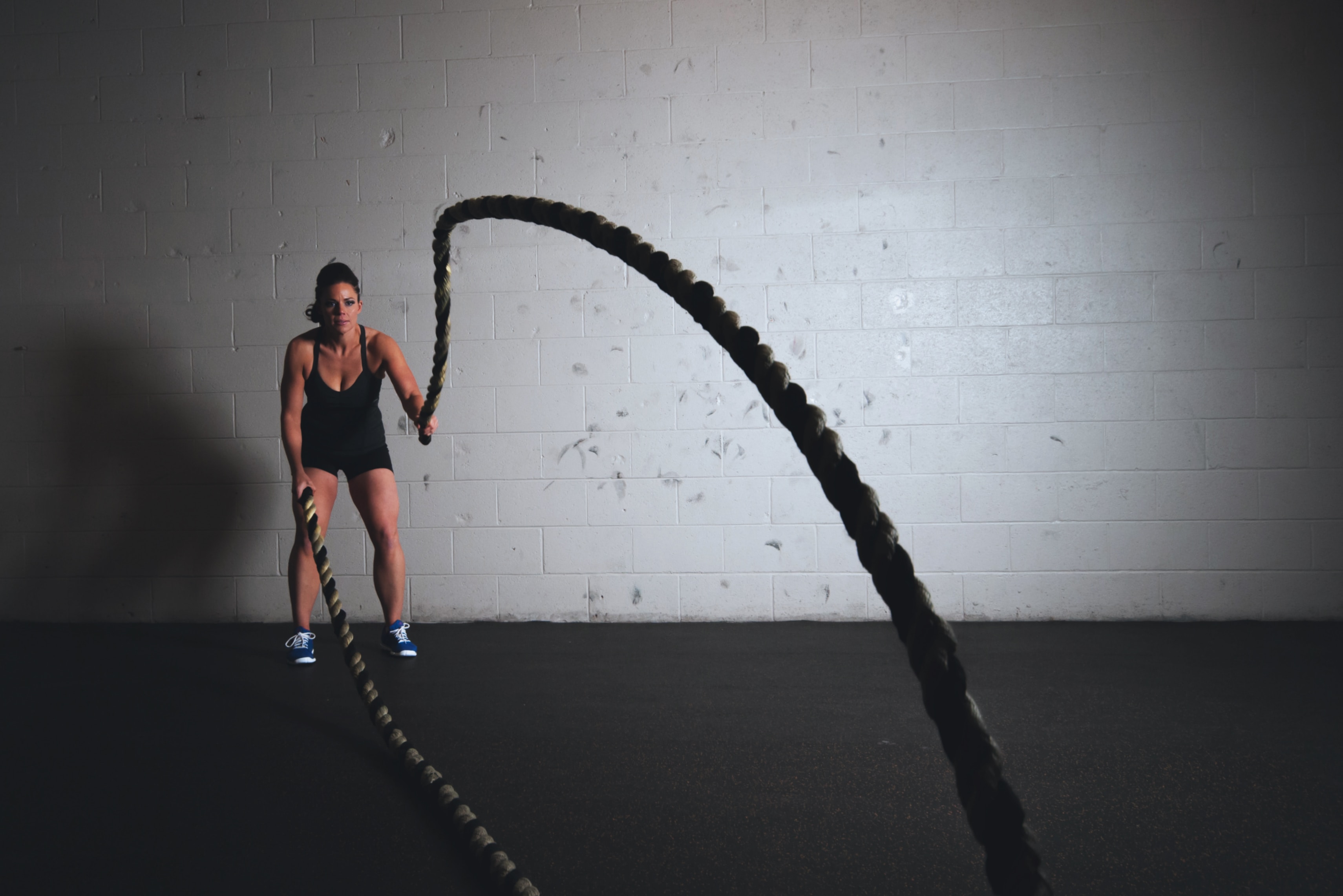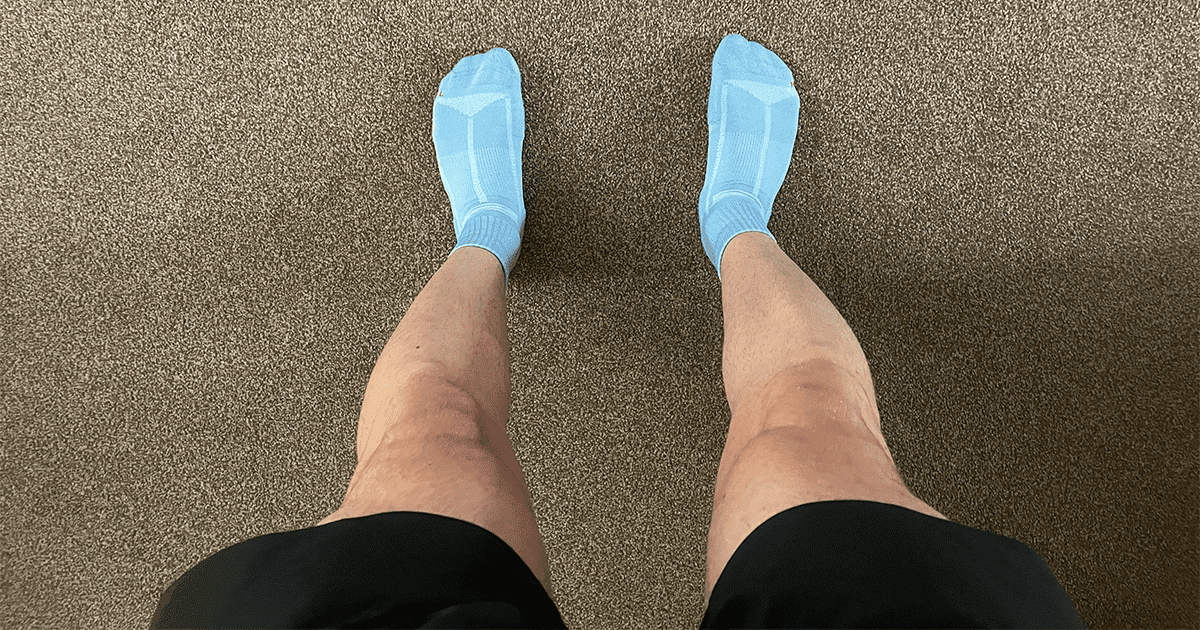Chasing a personal best? 5 Tips to help you run faster
5 tips to help you run faster and achieve that personal best you’ve been striving for.

How to run faster – the secret every runner has been looking for. Whether looking to PB in the marathon, simply increase your training pace or if you’re looking to run your fastest 5k to date, here are 5 tips to help you run faster.
1. Run with a group
Running with a group will increase your motivation to train and help you run faster. By training with faster runners, you are able to push yourself much easier than training alone. This will lead to physiological improvements such as improved running economy, aerobic capacity, and cardiovascular health.
The same applies to racing. If you’re looking to run faster, we recommend competing in a race. Running in a competitive atmosphere against other runners is sure to improve your running speed, perfect for chasing a personal best.
2. Include a proper warmup
Performing a proper warmup before running will help you run faster while reducing your risk of injury. Warming up before a run increases the blood flow to our muscles, allowing us to run faster, reduces our risk of pulling a muscle, and increases our running efficiency – essential to running faster.
How to warmup before a run:
- 10-minute warmup jog
- Dynamic stretches
- Strides
A proper warmup is especially important before a race, interval session, or tempo run.
3. Recovery
Proper recovery after each and every run is fundamental to becoming a faster runner. After a run or hard workout our muscle cells breakdown. It is recovery which allows us to repair and rebuild these muscle cells.
Firstly, be sure to get a minimum of 8-10 hours of sleep per night, as this is the primary way our muscle cells rebuild and repair. Getting too little sleep will increase our risk of injury as we are not allowing adequate rest between our running or workouts.
Secondly, it is important to eat the right foods to recover faster. Ensure to eat foods high in carbohydrates and protein. Carbohydrates are the bodies main energy source to allow for intense activity (such as running faster), and protein is needed for muscle repair.
Without proper recovery between each run or workout, we increase our risk of injury and limit our potential. Getting the recommended amount of sleep, stretching, and eating the right foods will help us make progress much quicker, ultimately helping us to run faster.
Recommended blog post: How to recover after a run or race.
[click_to_tweet tweet=”Looking to run faster, or perhaps beat your parkrun personal best? Check out these five tips!” quote=”Looking to run faster, or perhaps beat your parkrun personal best? Check out these five tips!”]4. Interval training
Interval training consists of performing high-intensity running mixed with low-intensity running, walking or in some cases a complete rest. Interval training has many physiological benefits. These include improved cardiovascular efficiency, increased tolerance to lactic acid, allows easy running to feel ‘easier,’ and finally trains our muscles to work more efficiently at high speeds.
An example beginner interval training session:
- 10-minute warmup jog & dynamic stretching
- 4x800m at goal 5k race pace w/3-minute recovery jog between intervals
- 10-minute cooldown & static stretching
5. Strength training

Strength training will not only help you run faster, but it will also reduce your risk of injury and improve your running form. We recommend including a strength training session into your training at least once a week and no more than twice.
Regular strength training improves our physical and neuromuscular strength, vital for faster running. Secondly, strength training improves muscular imbalances – allowing our body to work as a single unit while removing unnecessary stress on individual muscles.
Core training is also included in strength training. Improving your core strength will improve your running form, prevent back pain, and reduce your risk of injury.
Here are five beginner strength training exercises you should look to include:
- Bodyweight squats (3×10 reps)
- Walking lunges (3×10 reps)
- Plank (3×1 minute)
- Push-ups (3x to failure)
- Squat to overhead press (3×12 reps)
Recommended blog post: Why and how strength training is essential for faster, injury-free running.
The bottom line
To run faster, we must change up our training and understand the importance of a proper recovery. By including interval and strength training, we can improve our aerobic capacity, increase our lactic threshold, and ultimately become a faster runner.

Matthew is a lifelong runner, chief tester of all products, the founder of Running101, and freelance content writer for active brands. When he’s not writing, he enjoys lifting weights, cycling in the Lake District, and watching fast cars drive in circles on a Sunday. He also has a BA in sport, exercise and physical activity from the University of Durham.




